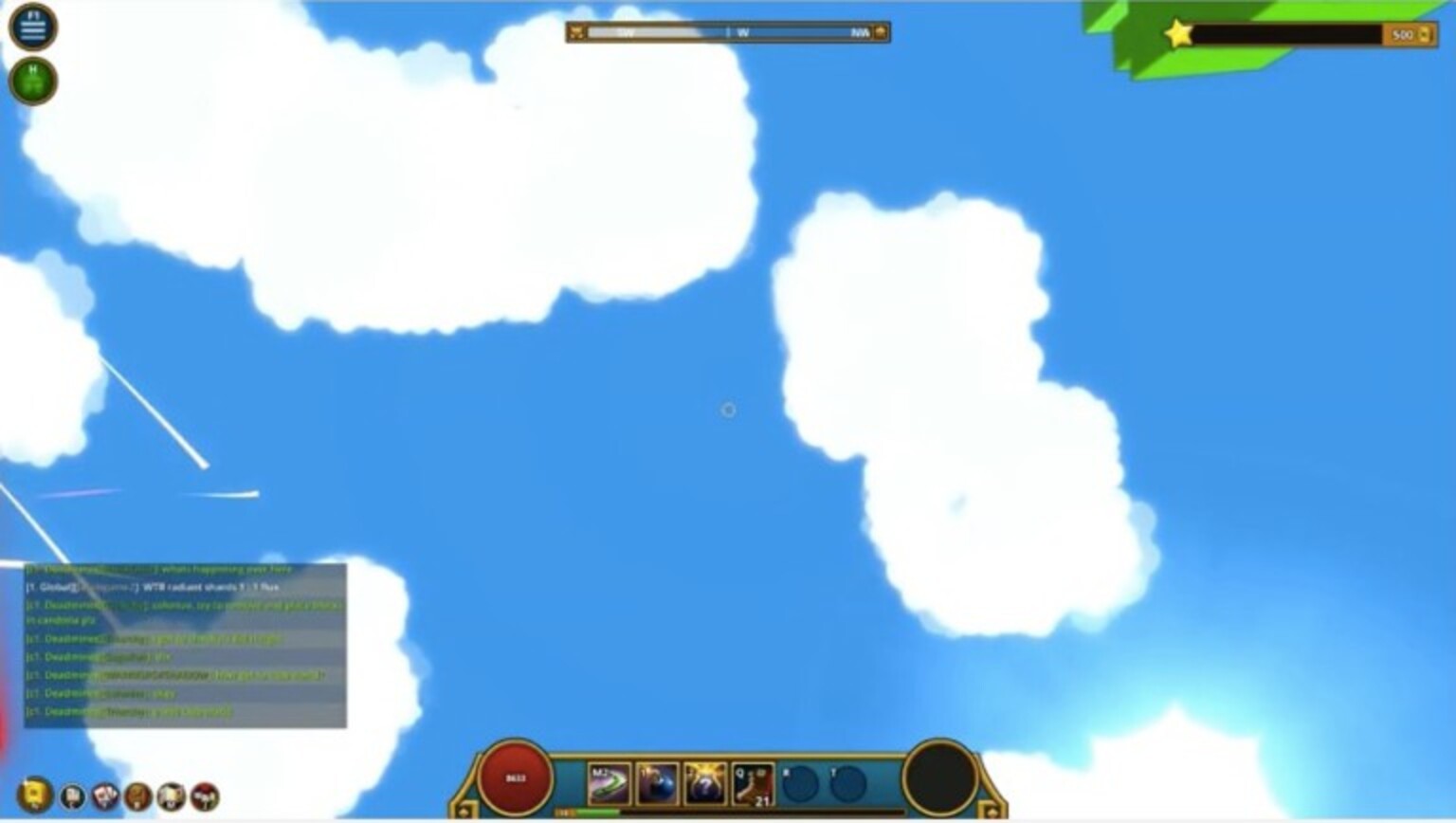Forelesning

From the Resistance to the Clouds
Nida Ghouse in conversation with Mike Sperlinger
An exchange of thoughts-in-progress in and out of clips from various films of what it has meant when the camera pans to the sky.
This discussion is in relation to considering the implication of particular moments when the camera has panned to the sky. At times intended as a way of looking away, so as to miss the action, the action of resistance, like when in Harun Farocki and Andrei Ujică’s “Videogrammes for a Revolution” (1992) where the cameraman is given the instruction to “pan to the sky if anything unexpected occurs” but he doesn’t comply. Or at other times as a consequences of looking too directly, like in the case of Patricio Guzman’s “The Battle for Chile” (1975) when the cameraman shooting the shooter gets shot and his camera falls out of focus and tilts to a blur.
Nida Ghouse is a writer and curator based in Bombay and presently the director of the Mumbai Art Room
Akademirommet
Akademirommet på Kunstnernes Hus drives av Kunstakademiet i Oslo og er åpent for publikum. Akademirommet søker på en hengiven måte å utforske utstillingen som et dynamisk arrangement og et tanke- og kommunikasjonsverktøy. Beliggende i et tidligere professoratelier og klasserom (fra 30- til 90-tallet), er Akademirommet et sted for tanke og praksis.
Akademirommet organiseres av Rike Frank, Dora García, Mike Sperlinger og Sofie Amalie Andersen.